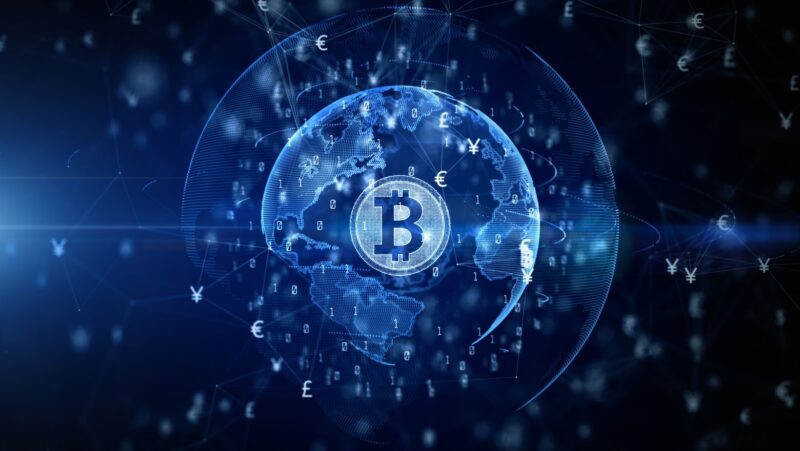
In today’s digital era, the importance of robust connectivity has evolved from being just convenient to becoming part and parcel of personal or professional endeavors. This broadened reliance on connectivity is evident in the ubiquity of remote work and the seamless integration of smart devices.
Despite its commonness, many users don’t have a clue about the intricate technological framework that underpins this connectivity. Today, we will explore the various technologies behind such networks which form the lifeline of our interconnected digital world.
While wireless communication gets most of the attention, it is fiber optic’s hidden backbone that underlies all our communications. For instance, modern data transmission relies greatly on fiber optics through which large amounts of information travel over long distances at very high speeds. In contrast with conventional copper wires, optical signals enable faster and more reliable connections.
These cables have a large capacity to hold today’s data requirements in terms of bandwidth consumption for HD video streaming, online gaming, and cloud computing. By connecting continents, cities, and households, fiber optics enable us to enjoy the ultra-fast and uninterrupted connectivity we often take for granted.
The Power of Wireless Communication:
Wireless communication technologies are important in bridging the gap between the fiber optic backbone and our everyday devices. The demand for wireless connectivity has gone up thanks to the development of mobile devices and IoT. Herein are some of the key technologies at play.

- Wi-Fi: Wi-Fi is so common everywhere providing wireless local area network (WLAN) connections for our homes, offices, and public spaces. Starting from 802.11a/b/g/n standards to the latest 802.11ax (Wi-Fi 6) and upcoming 802.11be (Wi-Fi 7), Wi-Fi technology steadily enhances its speed, capacity, as well as security levels. These developments help achieve higher data transfer rates, more efficient spectrum utilization, lower latency, and improved congestion management. This has also fueled the smart home revolution, which connects a wide range of devices for a seamless user experience.
- Cellular Networks: Besides Wi-Fi, cellular networks provide the foundation upon which mobile communication operates. Over time, these networks have advanced from 2G to 5G and beyond. The latest generation of cellular technology is referred to as 5G with ultra-low latency, higher data rates, greater device density, and massive machine-to-machine communication. 5G could be a game-changer in industries such as healthcare, transport, and manufacturing; it will also allow for the rapid spread of IoT devices and pave the way for new uses like autonomous vehicles, remote surgeries, and smart cities.
- Satellite Communication: While terrestrial networks dominate, satellite communication acts as a lifeline to rural areas and gives connectivity where conventional infrastructure is scarce. Satellites are essential in providing internet access to remote locations, ensuring global communications, disaster management, and GPS navigation systems. The aim of improving latency, increasing bandwidth, and expanding coverage has recently resulted in significant advances in satellite technology that can bridge the digital divide between urban and rural areas.
The Internet of Things (IoT) Revolution:
- IoT’s rise has further pushed the boundaries of connectivity by making it possible for everyday objects to be connected. There is an ever-continuous development in this sector to bring about new IOT solutions. These days we got IoT devices with sensors, processors, and wireless communication capabilities are revolutionizing industries and our daily lives.
- Sensor Technologies: Sensors are IoT’s eyes and ears that convert physical phenomena into digital data for analysis or action. There are sensor varieties, some for motion, some for temperature, and others for humidity, which gather valuable information that may be used for automation, monitoring, and decision-making processes. Sensor technologies are also evolving, focusing on miniaturization, power efficiency, and data accuracy, expanding the possibilities of IoT applications.
- Data Analytics and Arti?cial Intelligence (AI): Since IoT devices produce large volumes of data, smart analysis is needed so as to capture valuable insights. Through AI-based analytics algorithms, this data is processed with the aim of detecting patterns, predicting outcomes, and making informed decisions in real-time. By using machine learning and deep learning techniques, the accuracy and efficiency of AI algorithms can be improved on continuously enabling full exploitation of IoT applications in various industries.
- Cloud Computing: Cloud computing forms the basis for IoT data storage and processing. The scalability and ? exibility of cloud infrastructure are used by companies, resulting in easy handling of massive amounts of data generated from IoT devices. This allows for monitoring in real time, decision-making based on data, and quick response to changes.
Conclusion:
Seamless communication between people; collaboration in work; and access to different service providers – all these have been enabled by connectivity, which has become an integral part of our lives. Underlying it all is a transformation brought about by the combination of advances in fiber optics, wireless means of communication as well as the Internet revolution called the Internet of Things (IoT).
Now, as time goes by, so does progress in terms of the continuous evolution of these technologies. Sooner, we will witness even faster speeds, wider coverage, and more efficient connectivity. These are the technologies behind the scenes that seem to elude us. But understanding what they do and how they work means getting to navigate the digital landscape with a newfound awareness of our interconnected world.











